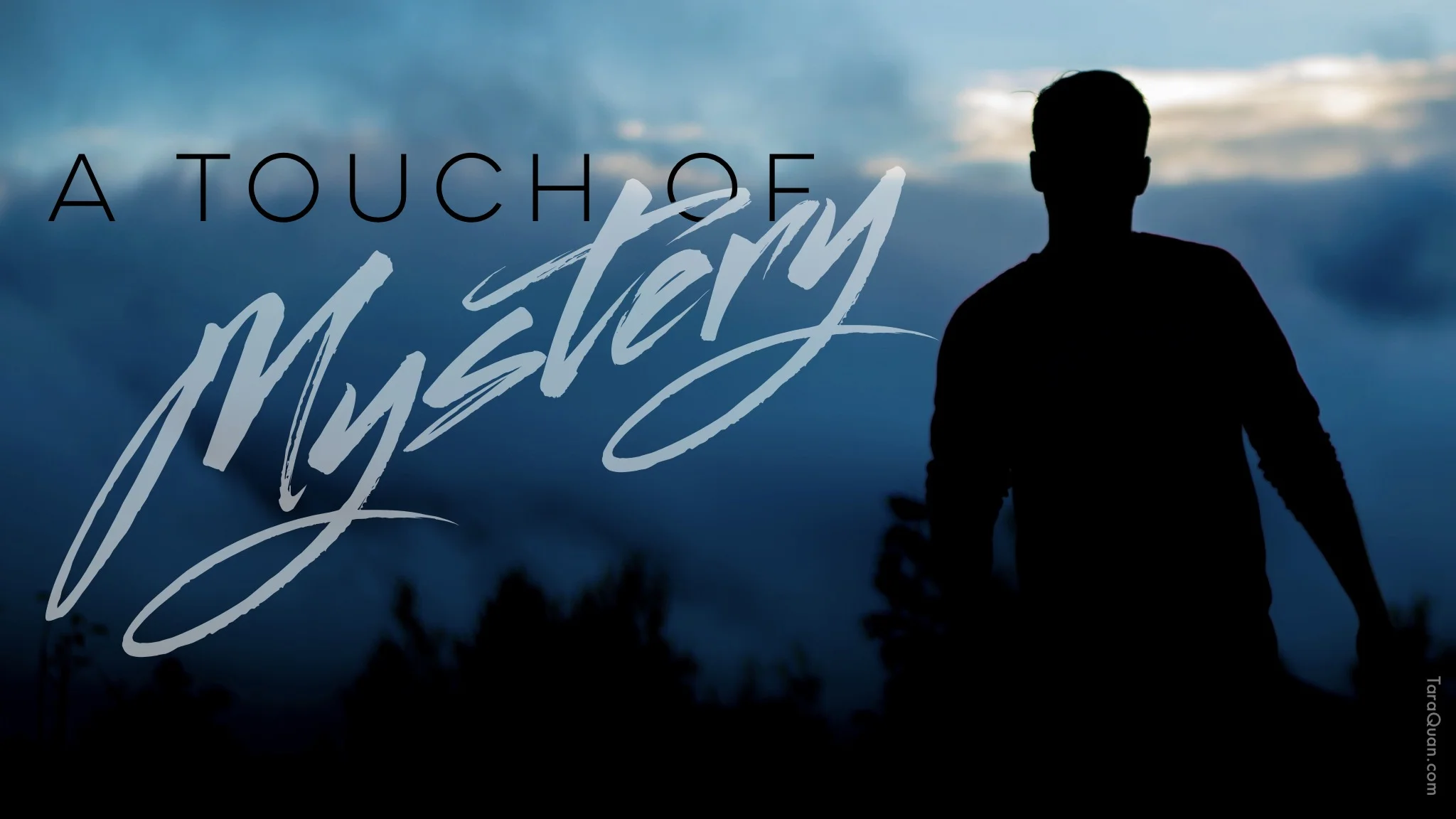Writing Software - Storyist
/Disclaimer 1: No, I don't work for them. I just happened to shell out 50 bucks for their software.
Disclaimer 2: Listed gripes/requests could be due to user ignorance (i.e. I can't figure out how to do xyz, as opposed to the program being unable to do xyz).
Review
Let me preface this by saying that I stumbled upon Storyist after having a bad experience with StoryMill. For reasons that could not be explained, the 80K novel I wrote using StoryMill got corrupted during the export process, and suddenly random sections got jumbled all over the place. I had a back-up copy, so it was no biggie, but the experience freaked me out, causing me to terminate my heretofore pleasant relationship with that program (I still miss aspects of it, more on that later). It was a purely emotional decision based on a one-time occurrence, but that novel happened to be my very first baby.
The reason I chose Storyist was because, at the time, I was about to ship away my iMac and thought I would be left with my husband's iPad for the foreseeable future. I was therefore looking for writing software that had a companion iPad app, and Storyist fit the bill. My husband saw fit to surprise me with a laptop (perhaps because he wanted his iPad back), so the reason I chose Storyist to begin with became moot. However, it leads me to the first and probably the most important unexpected perk to having this software--how easily it is to access the same file from both an iPad and a Mac.
I save all my writing on Dropbox (because I'm paranoid), and both the iPad Storyist and the Mac Storyist have the capability to sync with Dropbox. For my previous novella, all I had to do to get the almost final draft to my beta reader (aka husband) was to turn on the Storyist iPad app and sync it with Dropbox. It saved a new copy automatically (which is good), and he was able to start reading/editing right away. It saved me a lot of time and headache. Given, it would have been nice to have a track changes option, but for the purposes of that short-fuse novella, the software did what I needed it to do.
Once my submissions process started, I was faced with the realization that most ePublishing houses have their own quirky requirements about how they want the manuscript. This is another area where Storyist shined (and StoryMill did not). Because this .rtf editor is style-based, it was extremely easy to change all the chapter headings to a different font/format with a few clicks, and ditto with the body text etc. The find and replace function worked without fuss (StoryMill had a tendency of missing stuff...I don't know why), so I was easily able to search for all the double spaces after the periods and replace it with a single space (and vice-versa).
When you export the file, you are guided through a workflow that lets you specify things like changing straight quotes to smart quotes, -- to m-dashes, ... to ellipses, which is extremely useful because not all publishers what smart quotes, m-dashes, and ellipses. Therefore, Storyist allows you to have a single file that you can easily convert to fit the requirements of your publisher.
Request 1: It would be nice if this functionality could be expanded to fonts–some publishers want Ariel, others want Times New Roman. An option to "convert all text to x font" would be very much appreciated.
My exported .rtf files came out clean and without errors, which is the most important part. Authors have trust issues, and once a program scrambles up the exported file once, we are forced by our own neuroticism to re-read the exported files for the forseeable future. This wastes a lot of time. However, after multiple clean .rtf(s), I think I am beginning to start trusting the software.
Now to the (very minor) things I miss from StoryMill:
1. Being able to name "sections" without it showing in the text. From my experience with Storyist (and it could just be user error), if I name the section, it shows up in the manuscript. Since I use Sections for outlining purposes, it annoys me that I can't fiddle with it such that the section names stay invisible (my current WIP just has a ton of "untiltled" sections.
2. Word Count in Full Screen. (I think this was a developer's choice - full screen is meant for you to just type away unhindered. However, since I try to make myself write a certain number words per session, I miss the Word Count at the bottom of the screen.)
3. Being able to do a word count on the entire chapter without selecting the text. Yes, I know it's just a few clicks away, but I try to balance my chapter length, so I want to just click on the chapter and have the word count show up on the bottom.
4. Easily getting out of Full Screen. It's currently Ctrl + Command + F to get in and out of Full Screen. I get the in part, but what's wrong with the Esc key for getting out?
As I said, the gripes are very minor. I don't think that I'd be as productive a writer without Storyist, so I'm very thankful for the people who created it. It does exactly what it needs to do, and I almost did not have to purchase MS Word.































